Luxury Japan Cruise
Indulge in ultra-luxury on board one of the world’s most stylish cruise ships and explore Japan. From the bustling streets of Tokyo to the beauty of Beppu, and the hidden South Korean gem of Yeosu… you’ll also be able to enjoy a full-day tour of Hakone and Mount Fuji.
Beginning in the neon jungle of Tokyo to Kobe – not only home to the eponymous beef but also a city of stunning shrines and with luck, cherry trees laden with blossom. Visit the peace parks in both atomic bomb sites Nagasaki and Hiroshima for some gentle reflection. Beppu is a hot spring haven for those brave enough to go for a dip!
The island of Japan is a dizzying fusion of modernity and an almost sacred appreciation of heritage, with an eloquent expression of past and future.
All the things you need to know
- Tokyo and its iconic sights
- Osaka Castle and the Kuromon Ichiba Market
- Hiroshima and the UNESCO World Heritage Site, Peace Memorial
- Kanmon Straits
- Kyushu Island
- Gamcheon Culture Village in Busan, South Korea
- Higashi Chaya Gai Geisha District in Kanazawa
- Shibata Castle in Niigata, Japan
- Aomori, one of Japan’s most enchanting destinations
- Gaze down over Hakodate
Tokyo – Dense and delightful, there’s nowhere else like Japan’s kinetic capital – a city where ancient traditions blend seamlessly with a relentless pursuit for the future’s sharpest edge. See the city from above, as elevators rocket you up to towering viewing platforms, from which you can survey a vast urban ocean, interspersed with sky-scraping needles. Look out as far as the distant loom of Mount Fuji’s cone on clear days. Futuristic – second-accurate – transport seamlessly links Tokyo’s 14 districts, while the glow of flashing advertisement boards, clanks of arcade machines, and waves of humanity flowing along its streets, adds to the sense of mesmerising, dizzying and glorious sensory overload. One of Tokyo’s most iconic sights, don’t miss the flood of people scrambling to cross Shibuya’s famous intersection. Join the choreographed dance, as crowds of briefcase-carrying commuters are given the green light to cross at the same time – bathed in the light of massive neon advertisements. The culture is immensely rich and deep, with 7th-century, lantern-decorated temples, stunning palaces and tranquil scarlet shrines waiting below cloaks of incense and nestling between soaring skyscrapers. Restaurants serve up precisely prepared sushi, and wafer-thin seafood slivers, offering a unique taste of the country’s refined cuisine. Settle into traditional teahouses, to witness intricate ceremonies, or join the locals as they fill out karaoke bars to sing the night away. In the spring, cherry blossom paints a delicate pink sheen over the city’s innumerable parks and gardens.
Settle in to your cabin and explore Silver Whisper.
The Japanese city of Kobe needs no introduction. The name is synonymous with its home grown superstar. We are not talking of its stunning shrines, cherry trees laden with blossom during sakura or effervescent city, buzzing with life 24/7. We are of course talking of a much more grass roots hero – its eponymous beef. The delicacy might have put the city on the map, but there is far more to Kobe than its meat. Naturally, Kobe wears its cuisine as a badge of honour. Its port history has given it a gastronomy that is quite different from its neighbours. Seafood and sushi is naturally some of the freshest and most diverse you can find, but Kobe’s multi-cultural nature (the city is home to 98 different nationalities) means that it has one of the most diverse gastronomic cultures in Japan. Bread and bakeries are also an (unexpected) delicacy. Additionally, Sake is taken very seriously – Kobe even has its own museum dedicated to the national spirit. Historically, Kobe has always been a key city for Japan. Renamed in 1889, it was known as Owada no Tomari during the Nara Period (710-784 C.E.). Kobe’s location on the calm Inland Sea between Osaka and Kyoto has proven to be pivotal in Japanese history; it is mentioned in famous literary works such as The Tale of Genji (from approximately late 9th century) and the Taiheiki (14th century). The city and region are home to many attractions including the Himeji Castle (widely considered to be Japan’s most beautiful feudal castle), a short ride away.
Five included shore excursions
~ The Kobe Beef Dinner Experience
~ Glimpses of Kobe
~ Osaka Highlights
~ Himeji Castle & Garden
~Kyoto on Your Own Exploration
Despite being devastated in 1945, this Japanese city is known to all for its commitment to peace – its ruin on the 6th August 1945 led to the end of the war and today, the Peace Memorial (a UNESCO World Heritage Site) , is a constant reminder of the destruction that war brings. A walk in the leafy boulevards of Peace Memorial Park brings quiet contemplation. The Flames of Peace – set in the park’s central feature pond – burn brightly and will continue to do so until all the nuclear bombs in the world have been destroyed. There are many other inspiring messages of hope around the city too; the Children’s’ Peace Monument just north of the park is a homage to little Sadako Sasaki, who was just two in 1945. When she developed leukemia in 1956, she believed that if she folded 1,000 paper cranes – a symbol of longevity and happiness in Japan – she would recover. Sadly she died before she finished her task but her classmates finished the rest. If you are lucky enough to visit during the unpredictable and short-lived Sakura (cherry blossom) season, then the extraordinary sight of the delicate pink blossom floating across the water to the red gate, means you can consider yourself one of the luckiest people on the planet.
Four included shore excursions
~ Peace Memorial Park & Museum
~ Miyajima Island & Torii Gate
~ Hiroshima Castle & Garden
~ Art of the Japanese Brush
Boasting Japan’s heady cocktail of hot springs, gourmet food, abundant nature and spiritual history, Kyushu Island has all the advantages of the mainland, while enjoying its own identity. The island is the third largest of Japan’s five island provinces and prides itself on having everything you could expect from the Land of the Rising Sun. The capital of the island, Fukuoka, is Japan in a bite sized morsel. As one of the country’s most strategic ports – it is closer to Seoul than Tokyo – the city has enjoyed a somewhat prestigious status over the years, including two unsuccessful Mongol invasion attempts in the 13th century. Some scholars suggest that the city is also the first place the Imperial Family set foot, although actual proof of this is scarce. What is certain however is that it was once the home of the samurai, with many samurai related spots found all over the city. A trip to the Kyushu National Museum will allow budding actors to try on traditional costumes and channel their inner feudal lord, while local shrines, tranquil Zen gardens and castle ruins all offer a chance to relive the city’s glory days. The city itself is made up of two smaller towns (Fukuoka and Hakata), and despite unification in 1889, Hakata is still considered the centre. A 2018 survey ranked the city number 22 on “the world’s most liveable cities” list, due to its excellent shopping, outstanding food, excellent transport links, good museums, “feeling of openness”, green spaces and friendly, safe, environment.
Four included shore excursions
~ Dazaifu Tenmangu Shrine & Kyushu National Museum
~ Introduction to Karatsu
~ Ancient & Modern Fukuoka
~ Hakata Walking Exploration
As South Korea becomes increasingly popular as a tourist destination, Yeosu remains a hidden gem. Punctuated by cliffs, islands and peninsulas the Scenic shorelines are nothing short of spectacular. Host to the EXPO 2012 World Fair meant that Yeosu received generous government funding in order to develop its waterfront and the exhibition centre still stands. This is worth exploring if you want to learn what South Korea is doing to preserve its waters and what we can do to help. The butterfly-shaped peninsula is known for its succulent seafood and, in spring, camellia blossoms abound. Set in the very south of the country, the city is split in two by a mountain, and the two sides are connected by a narrow, keyhole-shaped tunnel. Enjoy the dichotomy of travelling from the modern west side to the stillness and peace of the Manseongri Black Sand Beach in the traditional east. There is a multitude of islands dotting the coast of Yeosu. For those wanting to see it all, ferry buses offer scenic boat trips so that you can island hop and spend as long or as little as you like in each place. However, if time doesn’t permit, a short taxi ride (or long walk) to either Odongdo or Dolsan via a man-made causeway is the best bet. Additionally, if you are feeling sporty, why not walk to the top of the rather mild hill, and be greeted with beautiful 360 views of the surrounding area. Because of its coastal location, fish lovers will be in their element here. Raw fish is a delicacy in all of coastal South Korea, though standard Korean fare, such as kimchi stew and pork loin soup is well worth a try if you are feeling adventurous. For those who want an authentic Korean dining experience, traditional Korean food include the famous ganjang gejang (raw crabs marinated in soya sauce) as well as other variants like the yangnyeom gejang (raw crabs marinated in spicy sauce).
Three included shore excursions
~ Eco-friendly Suncheon National Garden
~ Boseong Green Tea Plantation
~ Tea Ceremony at UNESCO World Heritage Temple
Utterly devastated in just a few seconds, Nagasaki was the target of the second US atomic bomb, as World War II moved towards its horrifying conclusion. More than 50,000 were killed, and the stories here are harrowing and poignant. The fact that Nagasaki still stands at all, and has embarked on a new mission to promote global peace with a message of hope, is a testament to the people of this extraordinary place, however. The scars the city wears will never heal, but the colour, culture and creativity of Nagasaki may surprise you. Of course, the events of August 9th 1945 are unavoidable, and the Atomic Bomb Museum pulls no punches in its rendering of the story. Hear from survivors, known as ‘Hibakushas’, who speak at the centre, sharing tales of sadness, hope and resilience. The Memorial Hall is a glass structure of meditation and messages of peace left by visitors from every corner of the world. Nagasaki Peace Park honours the victims, while the Hypocenter Park marks the explosion’s epicentre. Suwa Shrine stands just 800 metres away, and you can see the iconic, one-legged torii which was photographed, miraculously still standing amid the sea of devastation. Look out for the temple’s scarred trees, which somehow survived the blast too. Look out over the city, nestled in the undulations of the valley – as you reach the top of Mount Inasa – which actually served to protect and shelter Nagasaki from even more destruction. Up here, you can’t help but consider the city’s journey – as it spreads out before you. A ropeway or a bus will help you reach this spectacular vantage point, to observe the harbour glittering and glistening peacefully.
Four included Shore Excursions
~ Nagasaki Memorial
~ Peace Memorial Park & Mt.Inasa
~ Arita Porcelain Town
~ Historical Nagasaki
One of Japan’s most southerly major cities, Kagoshima is dominated by the imposing Sakurajima volcano’s cone – a legendary active volcano that broods, churns and puffs out ash nearby. A pretty old-time ferry chugs across the still waters to the gently sloping foothills of the volcano’s cone, and it’s easy to imagine where the comparisons with its sister city Naples materialised, as you sail the glorious sweeping Kinko Bay, below beaming sunshine, towards the immense volcanic spectacle. This is certainly no historic relic, and the volcano remains revered and feared, with the most dramatic recent eruption taking place in 1914, and spewing out a new bridge of land into the sea. Make the most of the geothermal activity in the area by indulging in a stress-simmering black sand bath. Incredibly relaxing, you’ll be submerged in the warm sand, as you feel your muscles relaxing in the heat, and rejuvenating blood pumping around your body. Enjoy a privileged view of the iconic volcano’s loom from the terraced garden of Senganen Garden. Built in 1658, this elegant, traditional garden has belonged to the Shimadzu family for 350 years. Wander the gardens – which bloom with Japan’s renowned cherry tree blossoms and feature tiny bridges looping over ponds and rock pools – before sitting back and sipping a wholesome green matcha latte. Elsewhere, museums offer Feudal Era and Satsuma Province history, as well as insights into the Kamikaze squadrons of World War II. Lake Ikeda is also close by, so be sure to keep an eye out for the legendary Issie monster.
Four included shore excursions
~ Lanscapes of Kagoshima
~ Chiran Samurai Residence & Kamikaze Museum
~ Scenary & History of Kagoshima
~ Sakurajima Volcano & Arimura Observatory
The lantern-lit hot springs of Beppu, known for its eight scorching “Hells”, is a town that’s prettier than a picture. The town is found in a particularly volcanically active part of Japan (hence the abundance of hot springs, or in Japanese, onsens). The viewing pools have evocative names; think Sea Hell, Blood Pond Hell and Tornado Hell. While the names might seem a little off putting, the reality is stunning; sulphur laced air and vast spectrums of blues and reds, depending on the mineralisation of the earth. As if the gorgeous palette of colours at the onsen was not enough, Beppu is also world famous for its Sakura, or cherry blossom season. More than 2,000 cherry trees near the base of the ropeway to Mount Tsurumi make for one of Beppu’s most impressive hanami (flower viewing) spots. If not lucky enough to be in the area during Sakura, from May to June rhododendrons colour the mountain. The view from this 1,375m mountain is beyond impressive, allowing you to see all the way to the Kuju Mountains, Chugoku and Shikoku. If brave enough to climb all the way to the top, the stone Buddhas that were carved into the mountainside during the Heian Period (794-1185) are a worthy reward! As with much of Japan, duality is ever present. Modernity sits very comfortably by ancient buildings. While Beppu’s biggest pull is by far the hot springs and the thermal baths, nearby (10 km) Yufuin has a wealth of art museums, cafes and boutiques, catering to trend setters and urbanites alike.
Three included shore excursions
~ Beppu Jigokumeguri – Hell Experience
~ Usuki Village & Stone Buddhas Site
~ Usa Shrine & Kumano Magabutsu Stone Buddha
Days at sea are the perfect opportunity to relax, unwind and catch up with what you’ve been meaning to do. So whether that is going to the gym, visiting the spa, whale watching, catching up on your reading or simply topping up your tan, these blue sea days are the perfect balance to busy days spent exploring shore side.
- Private Executive Transfers from your door to the airport and back again
- Economy class return flights (upgrades available for additional cost)
- Food and Beverages, each ship features an array of dining venues
- Round-the-clock butler service in all suites
- Variety of shore excursions
- Silversea Cruise
- Fully Inclusive
- International flights and transfers
- Full Personalised Butler Service for every Suite
Gallery
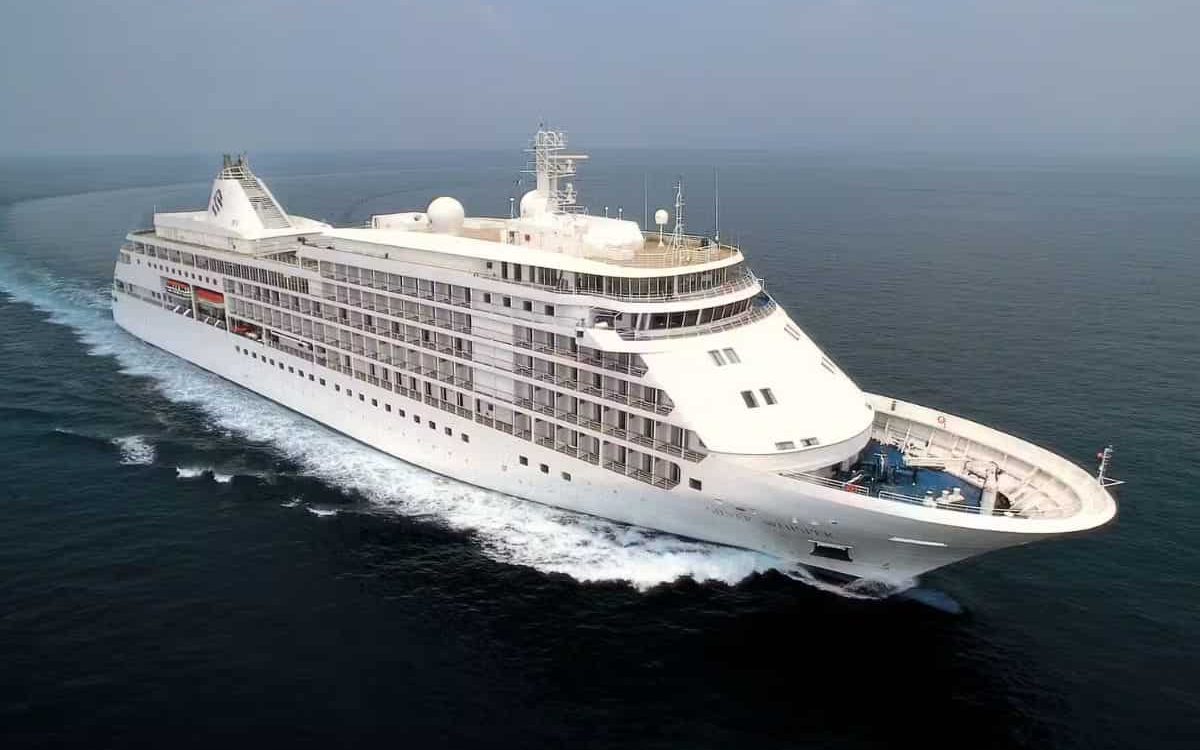
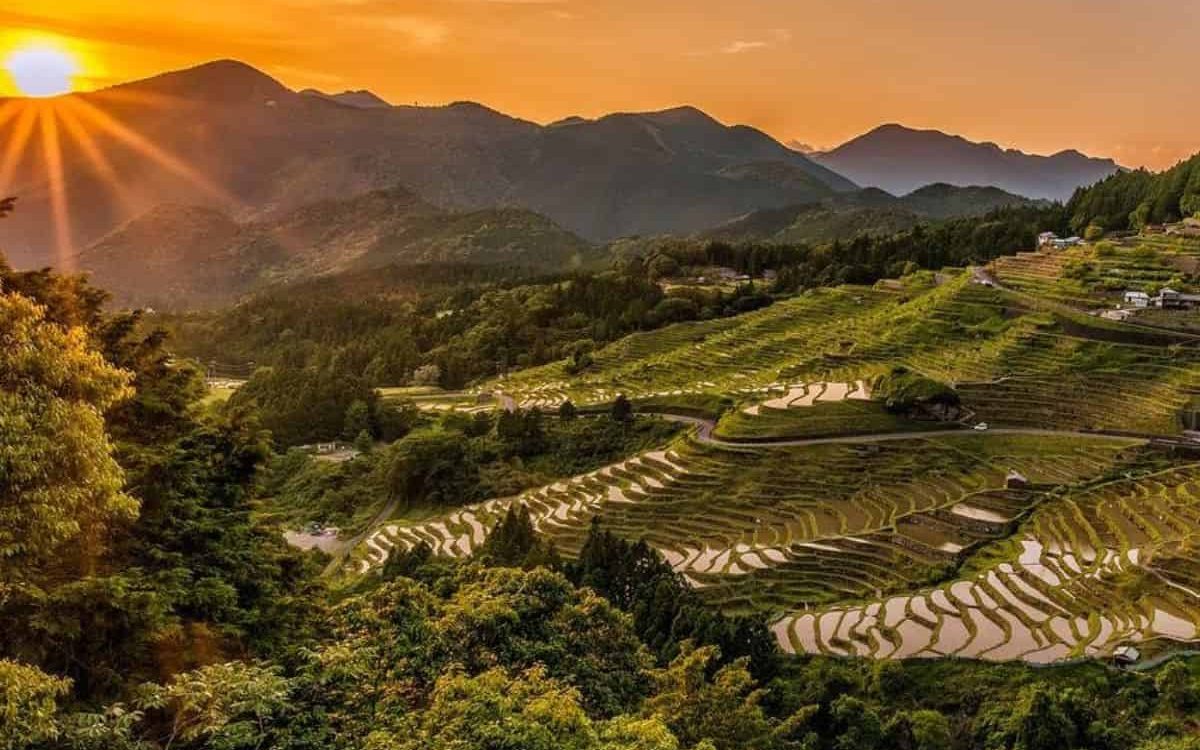
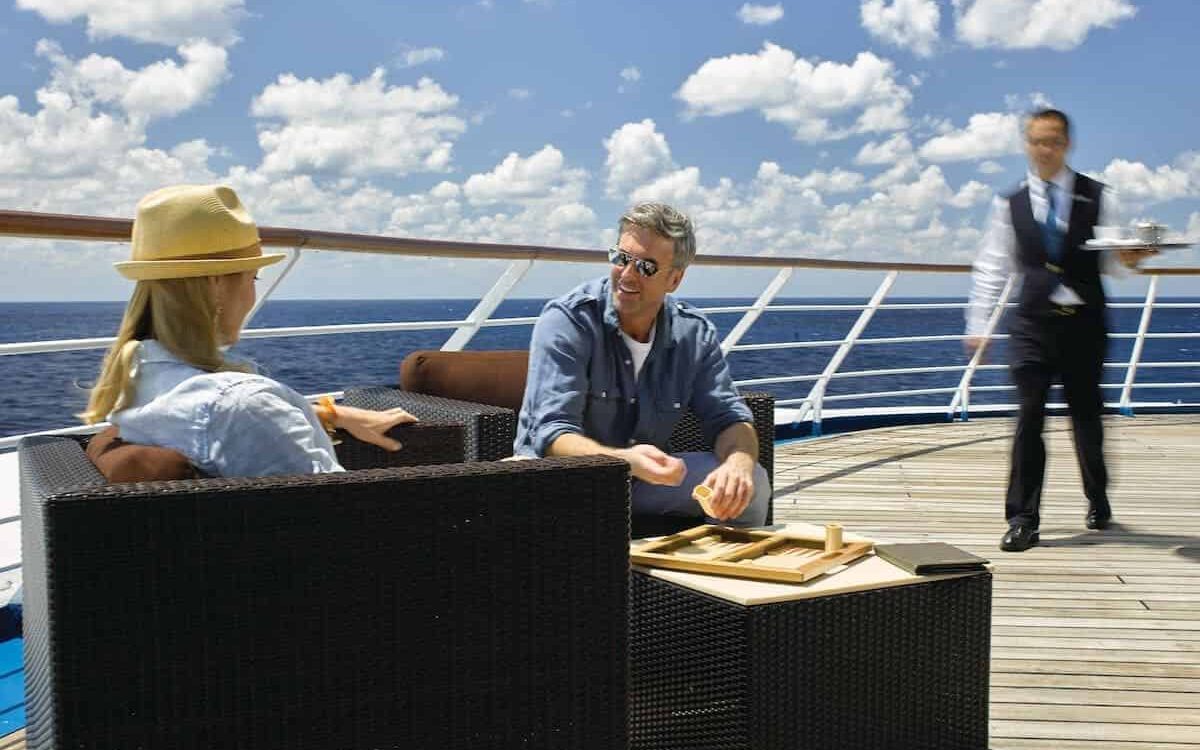
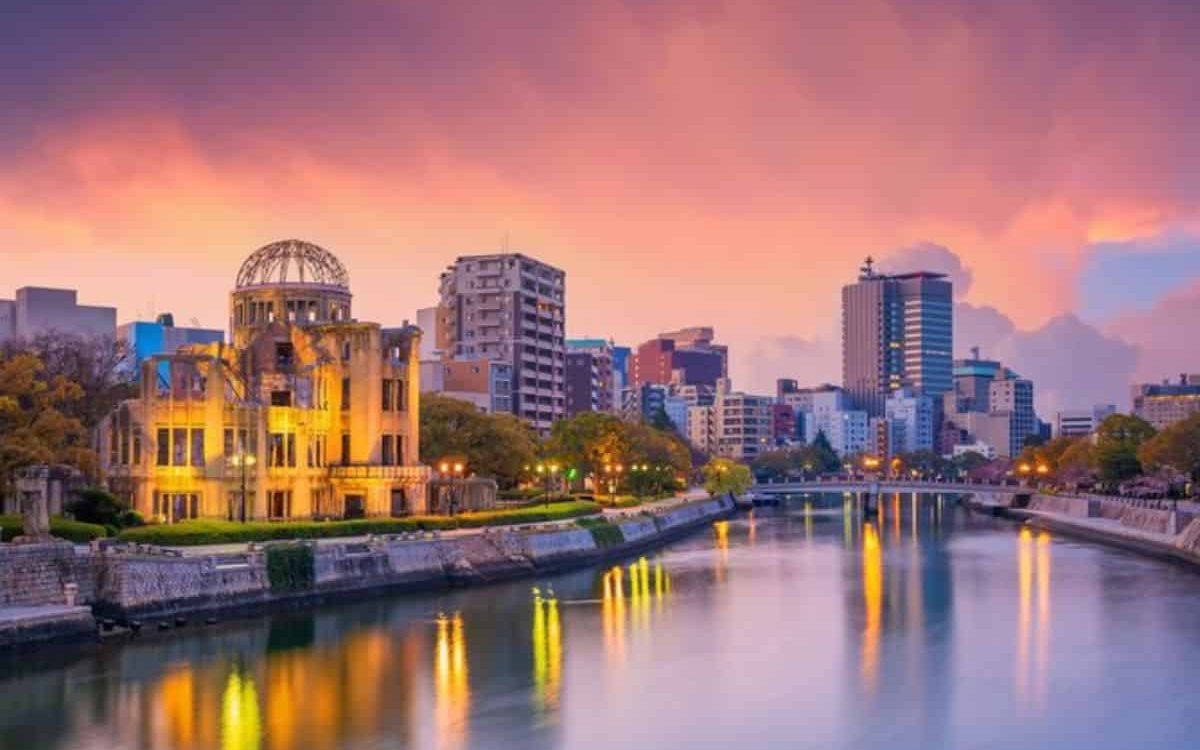
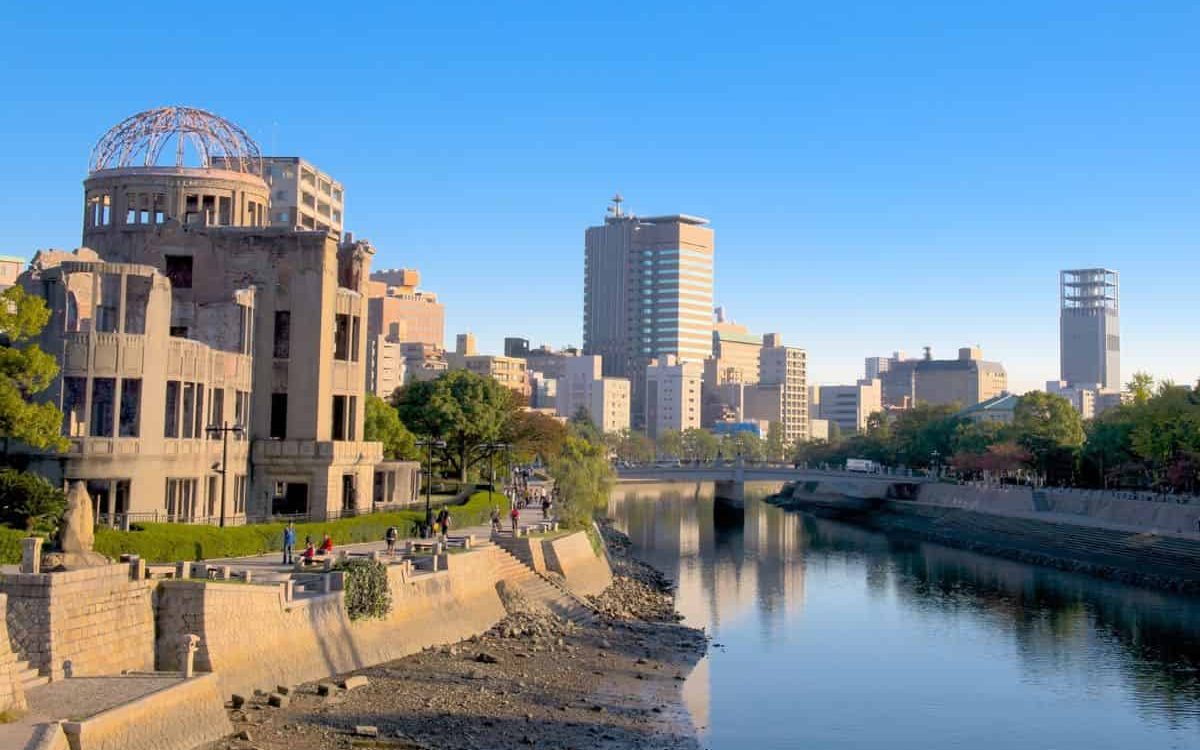
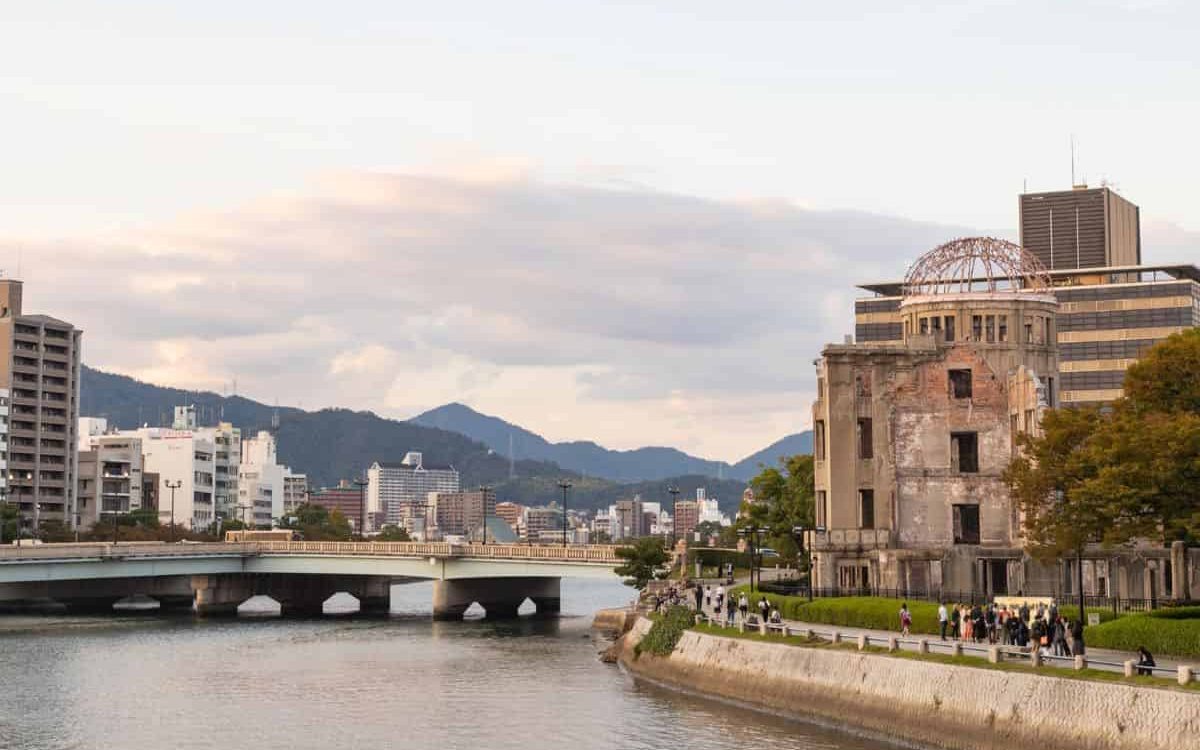
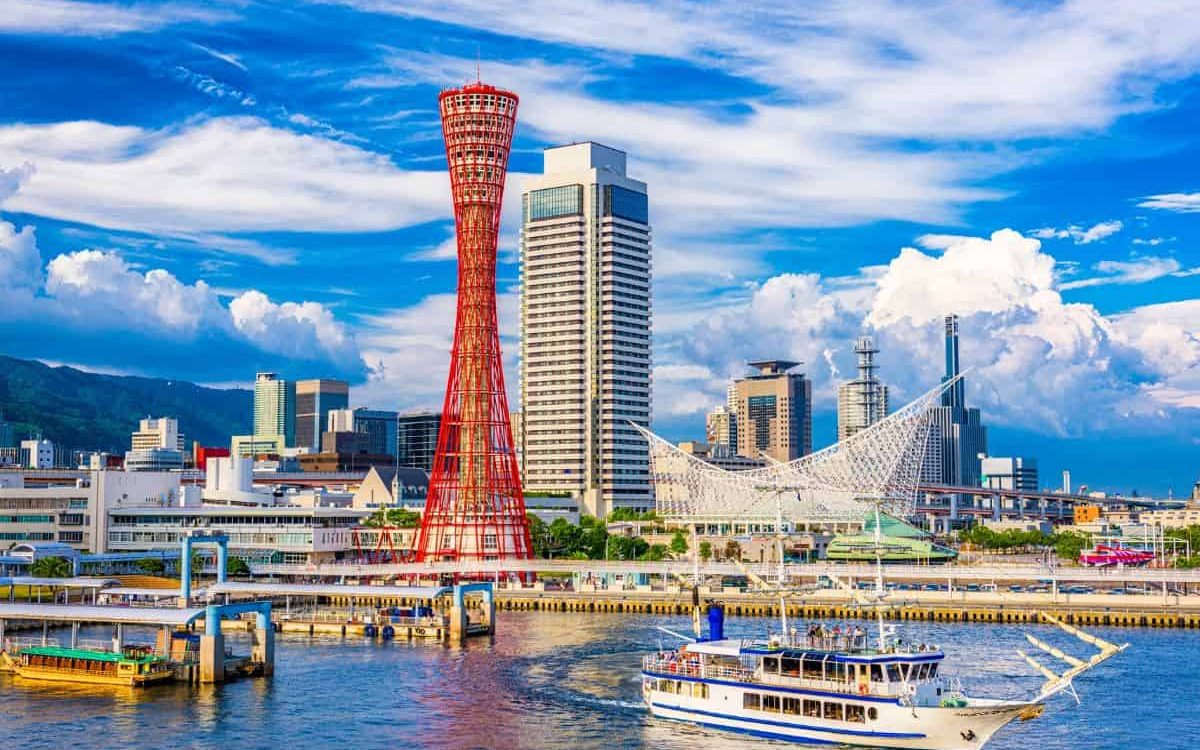
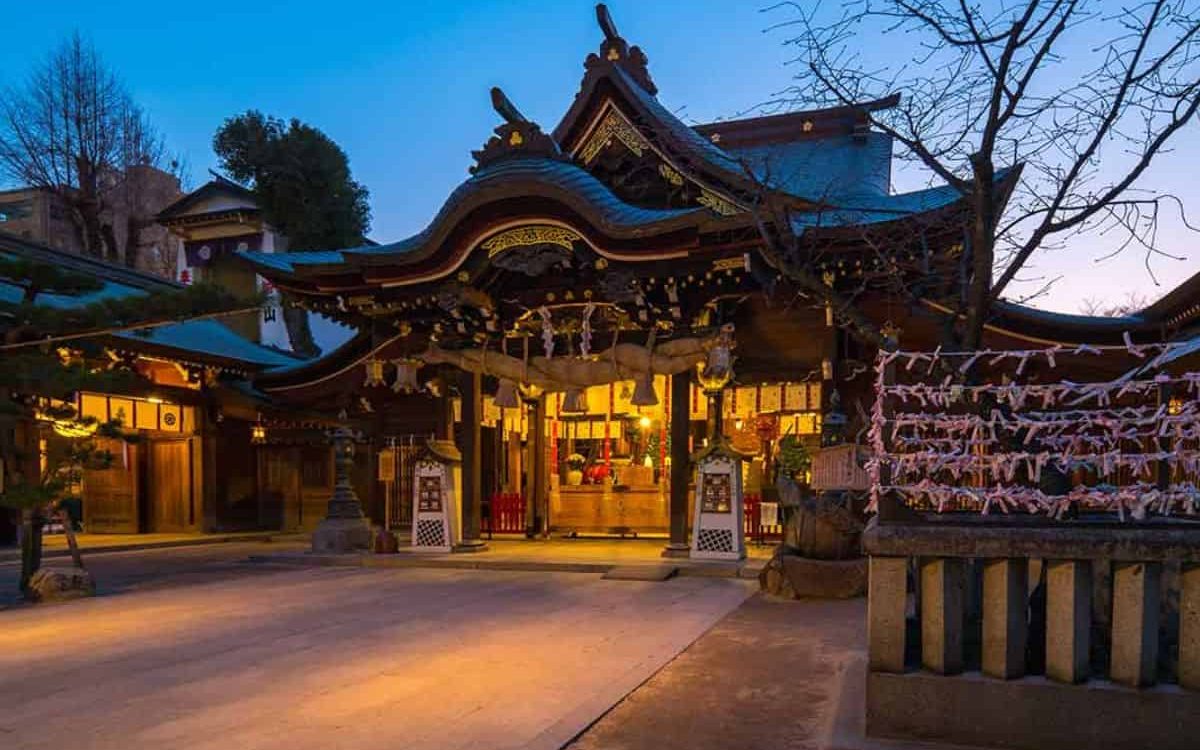
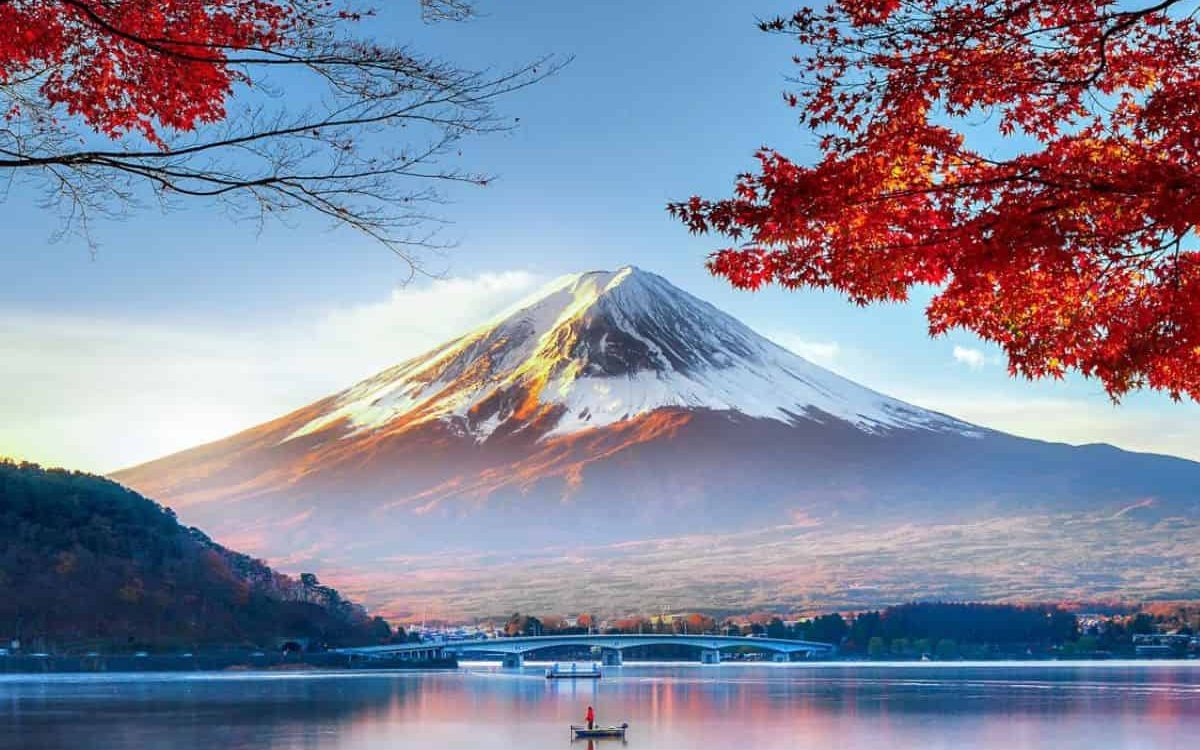
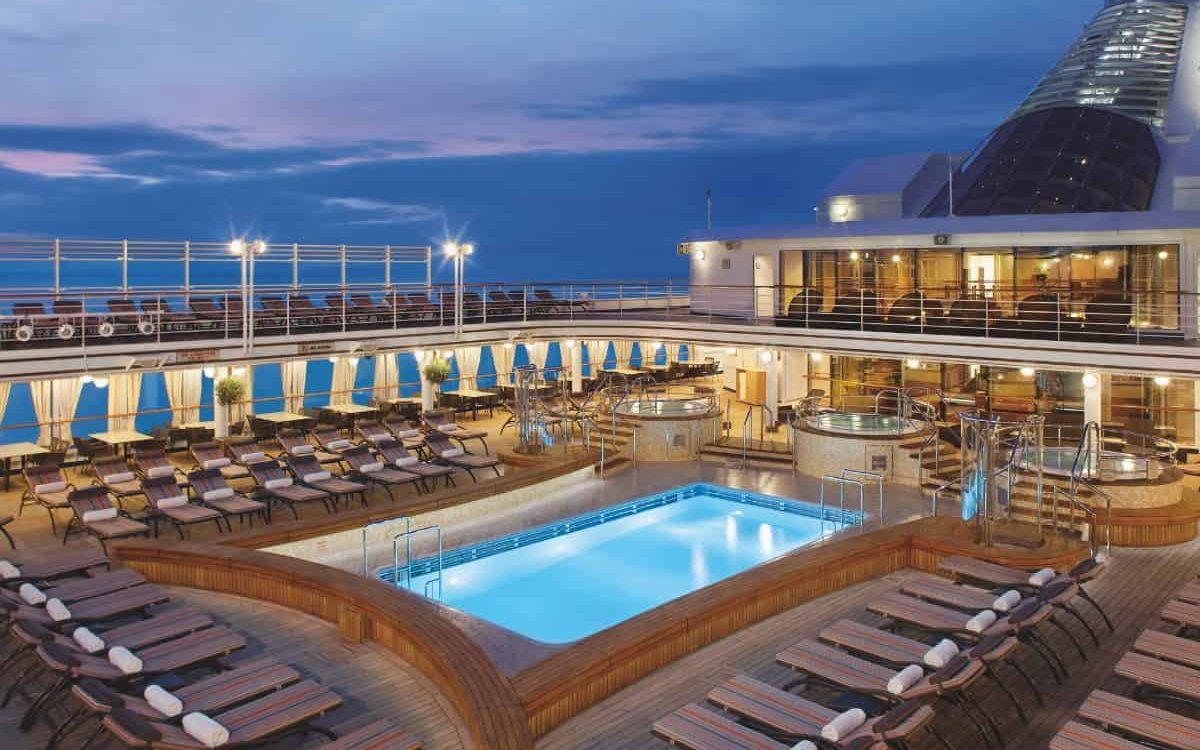
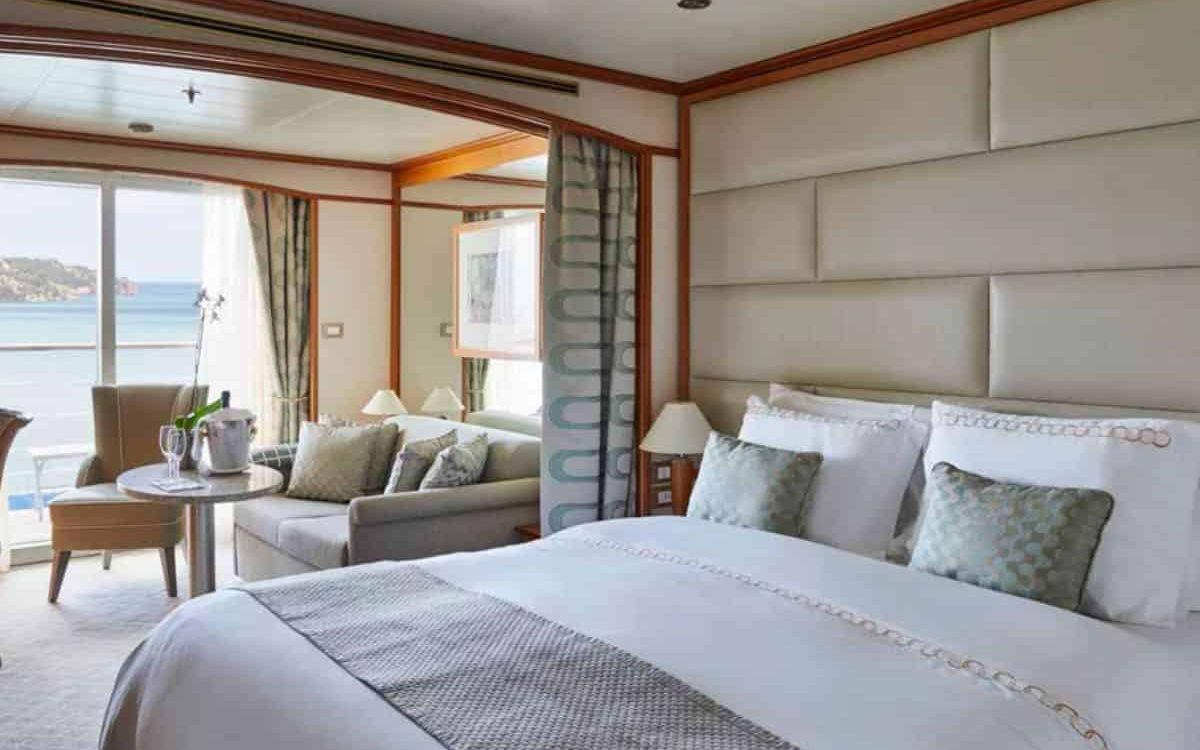
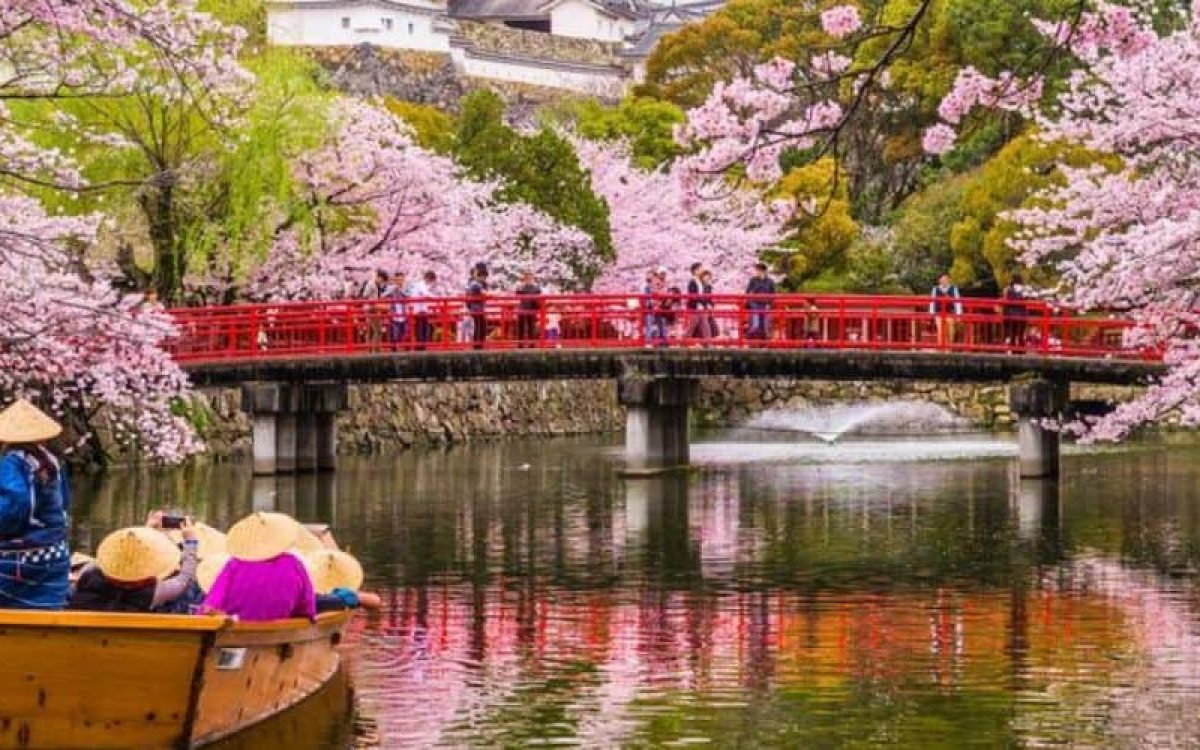
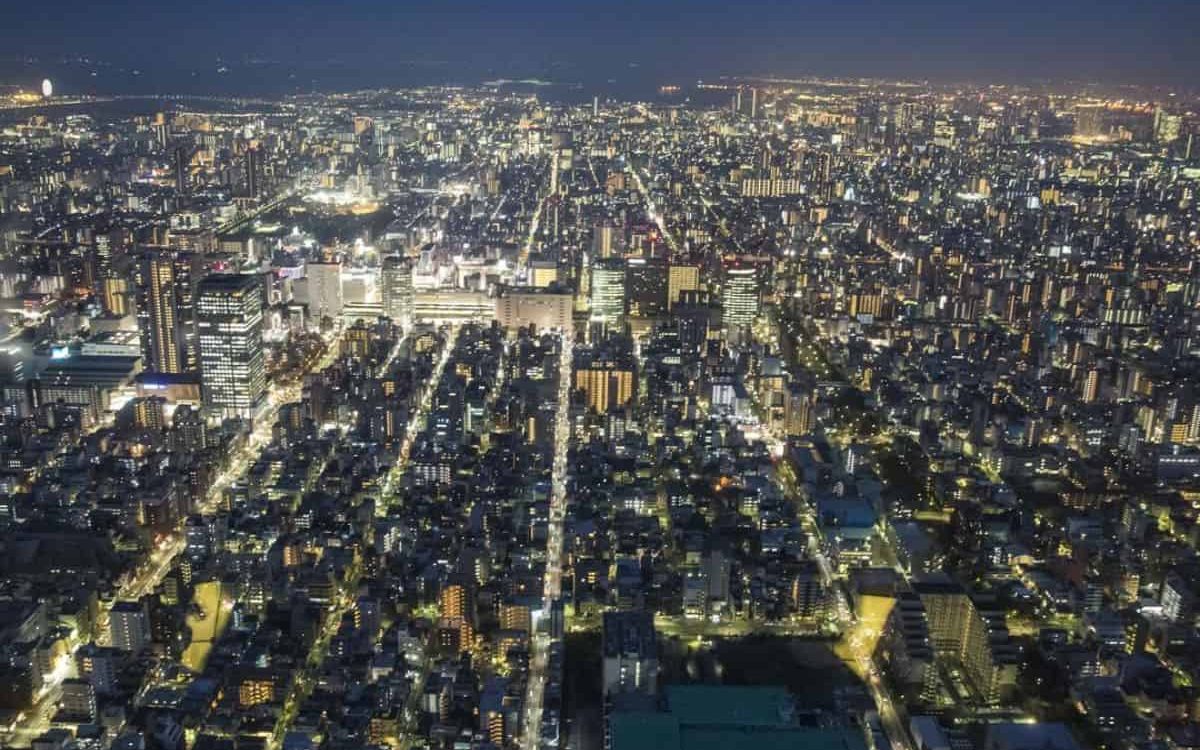
Discover More World Wide Cruises
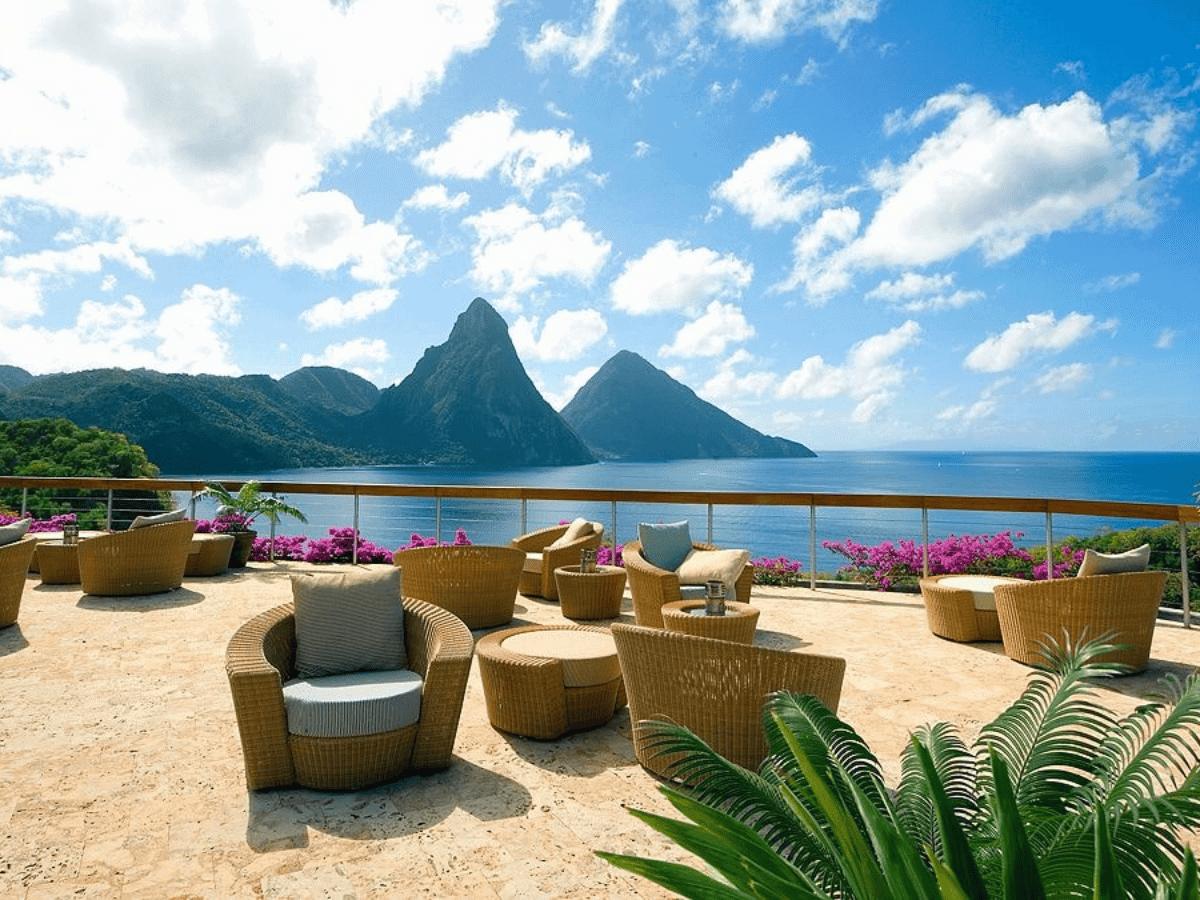
Let's Chat
We are here to help. Our travel experts will organise and book your dream holiday.
call us today or complete our online enquiry form to start your next adventure.
Let's Chat
We are here to help. Our travel experts will organise and book your dream holiday.
call us today or complete our online enquiry form to start your next adventure.



